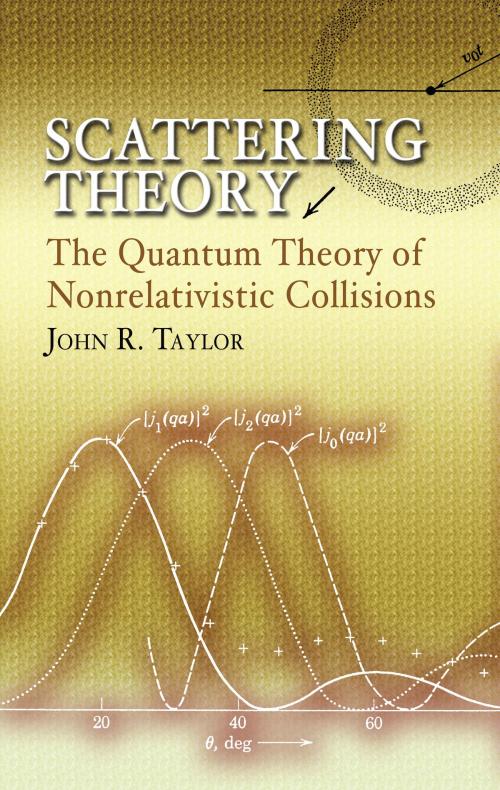Scattering Theory
The Quantum Theory of Nonrelativistic Collisions
Nonfiction, Science & Nature, Technology, Engineering| Author: | John R. Taylor | ISBN: | 9780486142074 |
| Publisher: | Dover Publications | Publication: | May 23, 2012 |
| Imprint: | Dover Publications | Language: | English |
| Author: | John R. Taylor |
| ISBN: | 9780486142074 |
| Publisher: | Dover Publications |
| Publication: | May 23, 2012 |
| Imprint: | Dover Publications |
| Language: | English |
This graduate-level text is intended for any student of physics who requires a thorough grounding in the quantum theory of nonrelativistic scattering. It is designed for readers who are already familiar with the general principles of quantum mechanics and who have some small acquaintance with scattering theory. Study of this text will allow students of atomic or nuclear physics to begin reading the literature and tackling real problems, with a complete grasp of the underlying principles. For students of high-energy physics, it provides the necessary background for later study of relativistic problems.
Topics are presented in terms of the simplest relevant example, so that scattering theory can be learned by becoming familiar with all of the basic concepts--the S operator, cross sections, the T matrix, and so forth--in their simplest context. The time-dependent approach to the subject is emphasized, starting with the use of time-dependent formalism to define all of the basic concepts and the subsequent introduction of the time-independent theory as a tool for computation and for establishing certain general properties. Problems at the end of each chapter improve and supplement readers' grasp of the material.
This graduate-level text is intended for any student of physics who requires a thorough grounding in the quantum theory of nonrelativistic scattering. It is designed for readers who are already familiar with the general principles of quantum mechanics and who have some small acquaintance with scattering theory. Study of this text will allow students of atomic or nuclear physics to begin reading the literature and tackling real problems, with a complete grasp of the underlying principles. For students of high-energy physics, it provides the necessary background for later study of relativistic problems.
Topics are presented in terms of the simplest relevant example, so that scattering theory can be learned by becoming familiar with all of the basic concepts--the S operator, cross sections, the T matrix, and so forth--in their simplest context. The time-dependent approach to the subject is emphasized, starting with the use of time-dependent formalism to define all of the basic concepts and the subsequent introduction of the time-independent theory as a tool for computation and for establishing certain general properties. Problems at the end of each chapter improve and supplement readers' grasp of the material.















